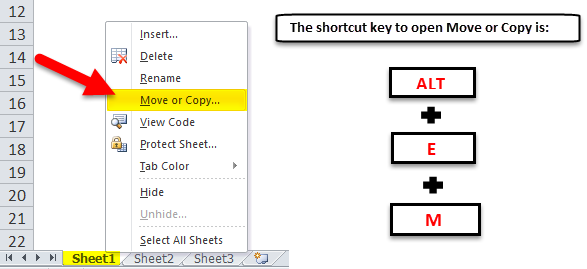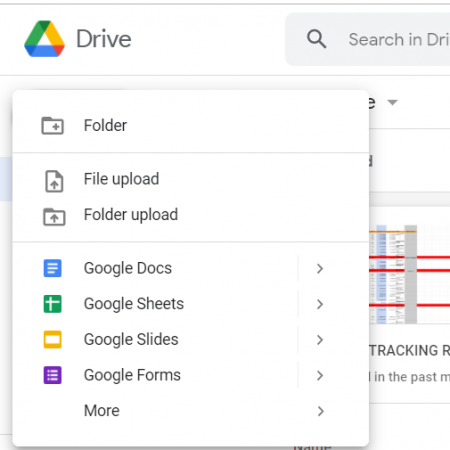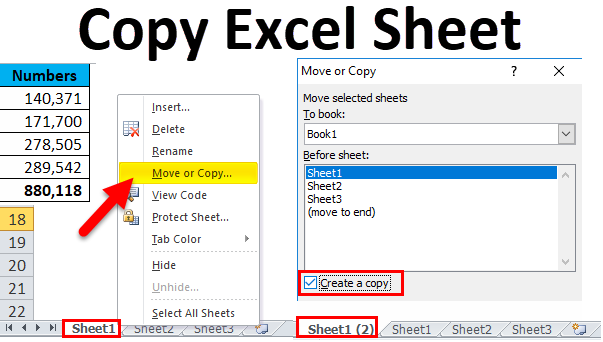3 Quick Methods to Copy Excel Sheets with C

When it comes to dealing with Excel sheets programmatically, copying sheets within workbooks or to new workbooks can be an essential task for data management, organization, and workflow automation. Whether you're an accountant, a data analyst, or just someone who frequently works with large datasets, knowing how to efficiently copy Excel sheets using C# can save you a lot of time and effort. Here are three quick methods to do just that:
Method 1: Using Workbook.SaveAs and Workbook.Open

This method involves saving the source workbook in a temporary location, opening it, copying the sheets, and then deleting the temporary workbook. Here are the steps:
- Create a temporary copy of the source workbook.
- Open the temporary workbook.
- Copy the desired sheet from the original workbook to the temporary workbook or to a new workbook.
- If you copied to a new workbook, save the new workbook; otherwise, delete the temporary workbook.
📝 Note: Ensure you have write permissions in the temporary location where you save the file.
Method 2: Excel Interop using Worksheet.Copy

Utilizing the Excel COM Interop assembly allows for direct manipulation of Excel files. Here's how you can copy a sheet:
- Instantiate the Excel application.
- Open the workbook from which you want to copy a sheet.
- Use the `Worksheet.Copy` method to duplicate the sheet to either the same workbook or a new one.
- Save and close the workbook or create a new one.
📝 Note: Ensure that the Excel application is installed on the machine where your C# application runs.
Method 3: OpenXML SDK

Microsoft's OpenXML SDK provides a rich API to manipulate Excel files without requiring Excel to be installed. Here's how to copy a sheet:
- Open the source Excel file using OpenXML SDK.
- Clone the desired worksheet.
- If copying to the same workbook, add the cloned worksheet to the workbook parts. If to a new workbook, create a new workbook and add the cloned sheet to it.
- Save changes.
📝 Note: This method works with .xlsx files and not with the older .xls format.
Each of these methods has its advantages:
- Workbook.SaveAs and Workbook.Open: Simple to understand and use, but requires extra disk space for temporary files.
- Excel Interop: Provides extensive control over Excel functionality but requires Excel to be installed and can be slower due to interaction with an actual Excel instance.
- OpenXML SDK: Fast, no need for Excel installation, and can handle large files efficiently, but the learning curve can be steep for complex manipulations.
In summary, choosing the right method depends on your specific needs:
- If you're dealing with small files and need simplicity, Method 1 might be the best choice.
- If you require extensive Excel features and have Excel installed, Method 2 could be the way to go.
- For large-scale operations or when you need to work with .xlsx files, Method 3 with OpenXML SDK is highly recommended.
What’s the fastest way to copy Excel sheets?

+
The OpenXML SDK method is generally the fastest, especially when dealing with large files or when Excel is not installed.
Can I use these methods to copy sheets between different formats like .xls and .xlsx?

+
No, OpenXML SDK methods work only with .xlsx files. For .xls files, you would need to use either the Excel Interop or the Workbook.SaveAs methods.
Is it possible to automate Excel sheet copying in a production environment?

+
Yes, all three methods can be used in a production environment. The OpenXML SDK is particularly suited for server-side operations due to its minimal system requirements.